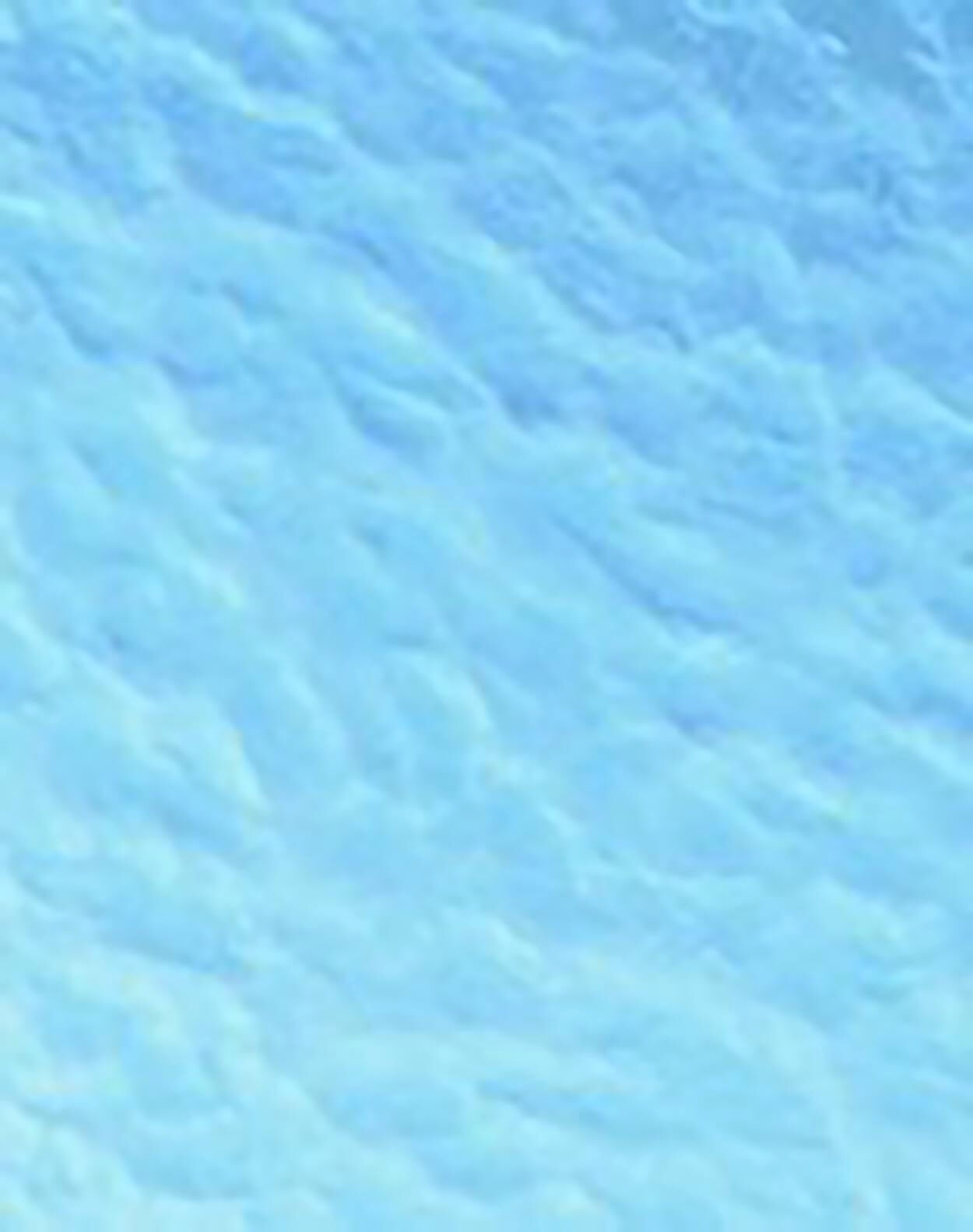
Hyperhidrosis Treatment For Excessive Sweat
Hyperhidrosis Treatment
Sweating is an essential function that helps regulate body temperature to prevent overheating. Though it is a normal and necessary process, some people exhibit sweating that exceeds the need for thermal regulation. Excessive sweating can interfere with everyday activities, causing practical problems such as staining clothing, difficulty holding a pen or turning door knobs, and can have a severe negative psychological effect. Various treatment options are available to help patients control excessive sweating.
What Is Hyperhidrosis?
Hyperhidrosis is the medical name for excessive sweating. It commonly affects the armpits, face, hands, feet and groin, and can be generalised (present throughout the body) or focal (present in certain areas only). Hyperhidrosis can occur on its own (primary) or as a result of an underlying medical condition, injury or use of certain medications (secondary).
What Causes Hyperhidrosis?
The body produces two kinds of sweat. Apocrine sweating is produced in moments of anxiety or stress from glands that are predominantly located in the underarm area, on the soles of the feet and on the palms of the hands. Eccrine sweating is produced to help lower body temperature from glands located on the head, trunk and limbs. Hyperhidrosis is most commonly the result of excess apocrine sweating and is thought to be a genetic condition. Some people find that certain situations trigger their excessive sweating, such as hot environments, exercising, feeling anxious and consuming caffeine, alcohol or spicy foods. Identifying your triggers can help you manage your condition.
What Are the Different Types of Hyperhidrosis?
Hyperhidrosis is most likely to affect the following five areas:
- Axillary Hyperhidrosis: under the arms
- Palmar Hyperhidrosis: palms of the hands
- Plantar Hyperhidrosis: soles of the feet
- Craniofacial Hyperhidrosis: face and crown of the head
- Inguinal Hyperhidrosis: groin
What Treatments Are Available for Hyperhidrosis?
A dermatologist can recommend an appropriate treatment after evaluating the type and severity of your hyperhidrosis. Treatment options include:
- Topical Therapy: Topical treatments can be effective for mild cases of axillary hyperhidrosis. Specially formulated antiperspirant deodorants, either prescription or over-the-counter, can help disguise unpleasant smells and reduce sweat production. DriclorTM (aluminium chloride hexahydrate) is the most potent antiperspirant available over the counter. Prescription compounded glycopyrrolate cream/lotion can also be an effective topical option.
- Neuromodulator Injections: Neuromodulator injections (the same kind of injections used cosmetically to reduce wrinkles) are approved for treating axillary hyperhidrosis that does not respond well to topical treatments. Injection treatment for hyperhidrosis consists of a series of small injections in the underarm area. Results are typically felt within two to four days and last four to nine months.
- Oral Medication: Anticholinergic tablets (such as oxybutynin and propantheline bromide) can be effective in some patients with more generalised hyperhidrosis. However, these medications are associated with side effects including constipation, dry mouth, blurred vision and excessive drowsiness that can limit treatment.
- Iontophoresis: Iontophoresis temporarily shuts down sweating by immersing the affected area in a medicated solution and passing a gentle electric current through the sweat glands. It is most often used to treat palmar or plantar hyperhidrosis that does not improve with topical treatments.
- Endoscopic Thoracic Surgery: Endoscopic thoracic sympathectomy (ETS) is a surgical procedure performed by a vascular surgeon or neurosurgeon under general anaesthesia. Surgery is rarely considered when safer and more effective treatment options are available as there is a significant risk of developing compensatory hyperhidrosis (new excessive sweating elsewhere on the body).
How Does Neuromodulator Treatment Work For Axillary Hyperhidrosis?
Superficial neuromodulator injections treat axillary hyperhidrosis at its source by temporarily inhibiting the release of acetylcholine, the chemical that is responsible for triggering sweat production.
What does Neuromodulator Treatment Involve?
During a short office visit, each underarm receives a series of injections with an ultra-fine needle. Discomfort is minimal during the procedure and you can return to your day immediately afterwards. Repeated treatments have been shown to be safe and effective for hyperhidrosis and to consistently produce long-lasting improvements in a patient’s symptoms and quality of life.
What Are the Side Effects Associated with Neuromodulator Treatment for Axillary Hyperhidrosis?
The side effects are rare and primarily relate to the injection itself, namely redness, bruising and tenderness at the injection sites.
What Is the Medicare-Subsidised Neuromodulator Treatment for Axillary Hyperhidrosis?
Under Medicare and the Pharmaceutical Benefits Scheme (PBS) guidelines, patients who meet eligibility criteria can receive up to three subsidised injection treatments for axillary hyperhidrosis per year. Each treatment must be scheduled more than 120 days after the previous treatment to qualify.
Am I Eligible for a PBS-Subsidised Neuromodulator Treatment for Axillary Hyperhidrosis?
You may be eligible for neuromodulator injection treatment under the PBS if you have severe primary axillary hyperhidrosis and:
- You are over 12 years of age
- You are intolerant to topical therapies (DriclorTM or equivalent) after one to two months of treatment
- You are treated by a PBS registered specialist dermatologist
How Much Does PBS-Subsidised Neuromodulator Treatment for Axillary Hyperhidrosis Cost?
Regular follow-up injections are required to maintain dryness. Each treatment lasts for 4 months and costs $350 out of pocket. The cost of treatment averages out to less than the cost of a cup of coffee per day.
When Should I See a Dermatologist?
Though hyperhidrosis affects millions of people around the world, it can be an isolating condition with physical, psychological and emotional consequences. Hyperhidrosis can impact your ability to perform at work, cause anxiety in social situations, limit your clothing options and require significant time and energy to be devoted to personal hygiene. Many people with hyperhidrosis are never diagnosed or treated due to the embarrassing nature of the condition. If excessive sweating is negatively affecting your quality of life, call Northside Dermatology on 03 8582 8688 to schedule a consultation with a consultant dermatologist and explore your treatment options.
Send us a message
Contact Us
Hours of Operation
Monday - Friday, 9am-5pm
Phone Number
Fax Number
Emails
Medical Enquiries:
reception@northsidedermatology.com.auLaser & Cosmetic Enquiries:
cosmetic@northsidedermatology.com.au